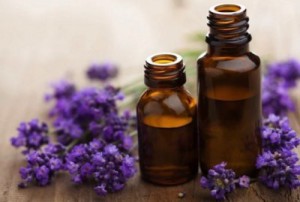Lavender Oil (Lavandula augustifolia)

Lavender oil has been used medicinally since before ancient Rome.
It was renowned for its healing of both wounds and burns and its antiseptic
properties. It also works very well as an insect repellent. It is very useful to wash
and clean out wounds and had been used for that purpose right up until WWII.
Lavender oil is very mild and is the only essential oil that does not need to be
diluted with a carrier oil. Lavender can also be made into a tea, by using the fresh
or dried flowers, that is useful for internal use. The recommended dose is about
one and a half teaspoons of dried flowers in an 8-ounce glass of water. Lavender
oil is made by steam distillation of the plant’s flowers. It is easy to make and even
easier to grow. You should not use lavender oil internally on your cats or dogs;
it may cause liver and kidney damage; it is not a problem in humans.
Medically, lavender oil has many uses such as an excellent topical
antiseptic as well as a mild anesthetic (pain reliever), so it is very useful for cuts,
burns, scrapes, insect bites, bee stings, sunburn, eczema, psoriasis, poison ivy oak
and sumac, and skin infections. Lavender is said to be useful for head lice either
as a hair rinse or applying it to a comb to comb out the nits. Lavender oil works as
a bronchodilator (it opens up your large airways) and a few drops can be added
to a vaporizer, or it can be rubbed directly on a patient’s chest. Lavender oil is
also reported to help with anxiety and stress and is used frequently for that in
Germany, where they are light years ahead of us involving the use of medicinal plants and oils.